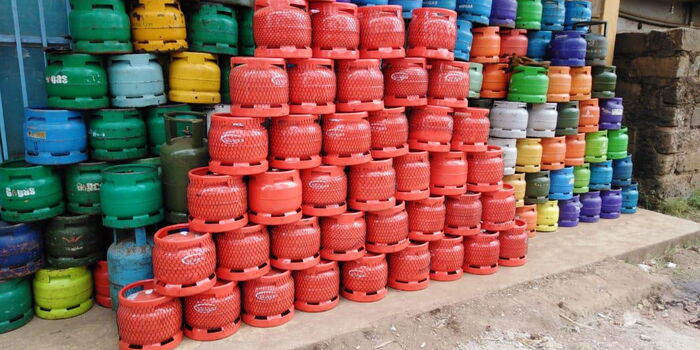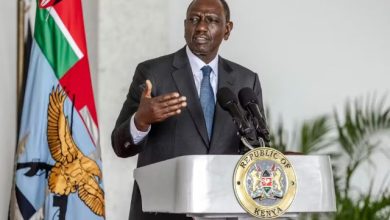Govt Announces Plans to Distribute Gas Cylinders to Kenyans at Lower Prices

The government has revealed plans to distribute 8.5 million liquefied petroleum gas (LPG) cylinders to low-income households for Ksh2,000. This initiative, a collaboration between Kenya and Saudi Arabia, aims to boost access to clean cooking fuel for millions of Kenyans.
Gideon Leparan Ole Morintat, the Chief Executive Officer of the National Oil Corporation of Kenya (NOCK), announced that the distribution effort is an extension of the Mwananchi Gas Project. This project is designed to enhance the penetration of LPG from a mere 10 per cent to an ambitious 70 per cent within three years.
The initiative comes alongside support from the Kenya Pipeline Company (KPC) and the Saudi Arabian Oil Company, which will assist in establishing the necessary import infrastructure under the Oil Sustainability Programme.
Why it matters: While it is no clear what size of cylinder the government is handing out, giving a gas together with a cylinder at Ksh2,000 is a save in any margin. In the market, an empty 6kg gas cylinder ranges between Ksh1,600 – Ksh2,000, with a 13kg gas cylinder costing up to Ksh3,300.
Gas cylinders on display by a roadside.
File
Dig deeper: Morintat, speaking during the launch of the Makueni Energy Plan 2023-2032 at the Makueni Integrated Vocational Empowerment Centre, stressed the importance of identifying beneficiaries at the ward level with the help of energy champions and local officials.
The project aims to improve the quality of life for Kenyans by making clean cooking fuel readily available, ultimately reducing respiratory diseases linked to household air pollution from traditional fuels such as firewood and charcoal.
Moreover, the project seeks to diminish deforestation, as more households shift from biomass to cleaner energy sources. Women, youth, and people with disabilities will be prioritised as key players in the supply chain, taking on roles as distributors, retailers, and brand ambassadors. This not only addresses energy access but also promotes entrepreneurship among vulnerable populations.
The government’s broader strategy includes increasing the average per capita LPG consumption from 6.5 kilogrammes to 15 kilogrammes over the next three years. Former Public Service Cabinet Secretary Moses Kuria noted that the adoption of LPG has soared in the past decade, with an additional 10 million people now using it as their primary cooking fuel.
Kuria highlighted that efforts are being made to assist over 4 million people who still rely on kerosene and charcoal to transition to cleaner cooking methods. The Kenya energy strategy aims to transform the nation into a clean energy hub, targeting a migration of 50 per cent of the population to LPG solutions.
Despite the historically high prices of gas, there has been a noticeable increase in demand for LPG in recent months. The Bi-Annual Energy and Petroleum Report for the Financial Year 2023/2024 from the Energy and Petroleum Regulatory Authority (EPRA) indicated an 8 per cent rise in LPG consumption, totalling 360,594 metric tonnes.
This surge has been attributed to government initiatives, such as the removal of VAT on LPG, which have made the fuel more affordable for Kenyans.
Gas cylinders on display.
File



